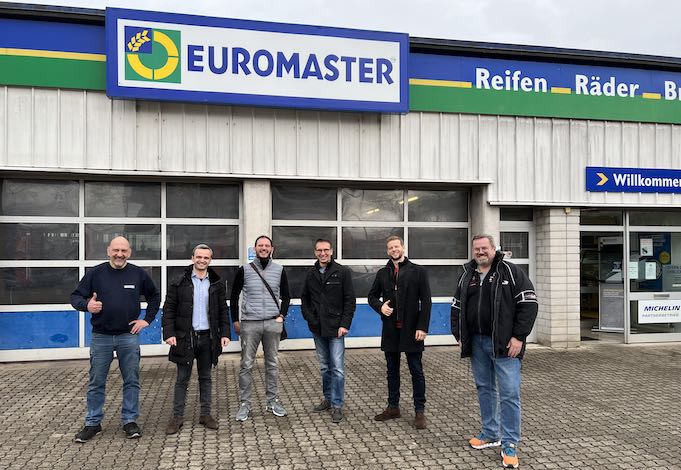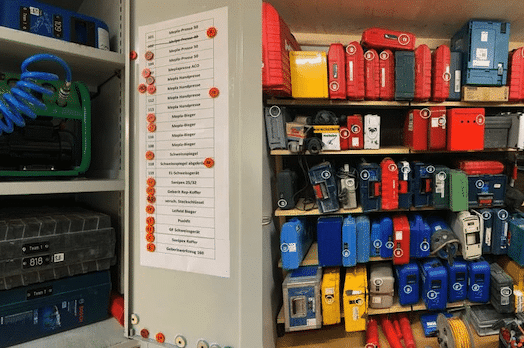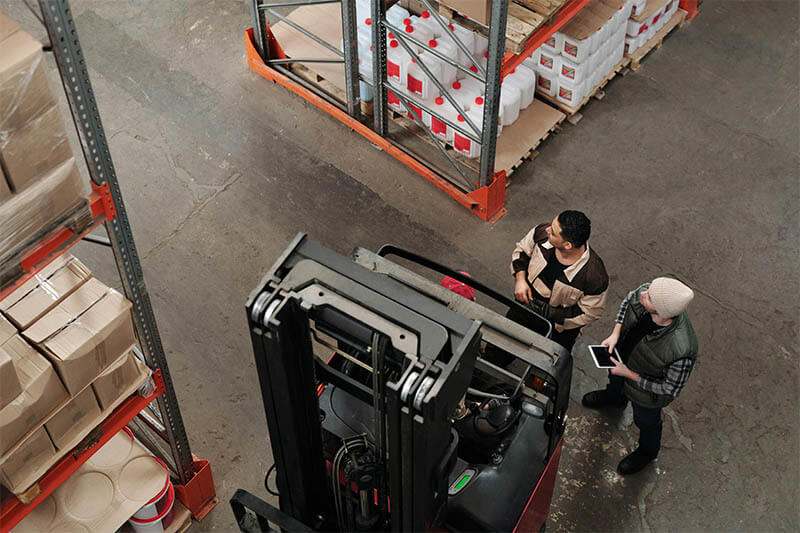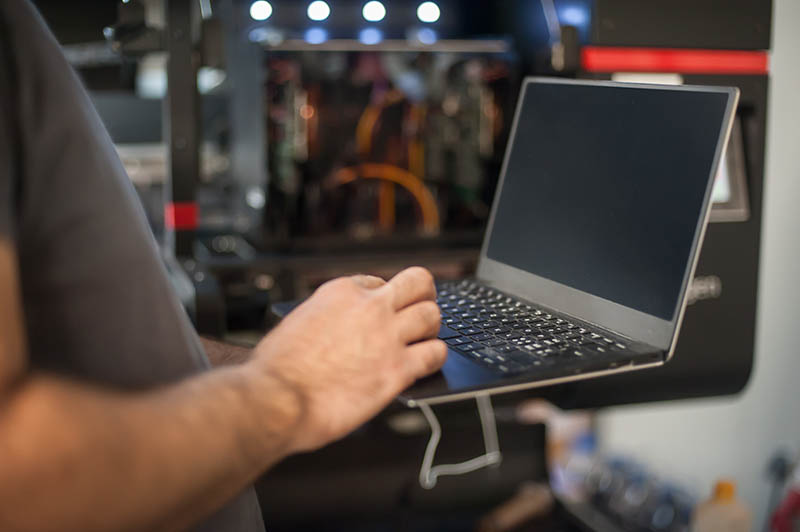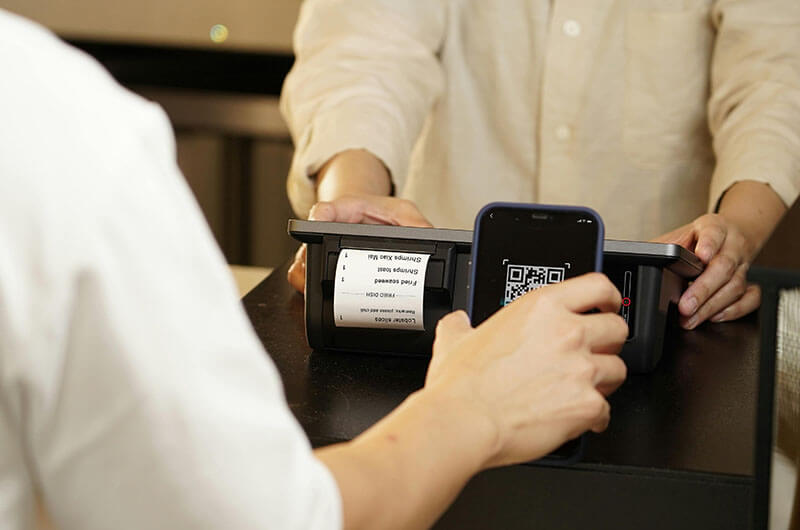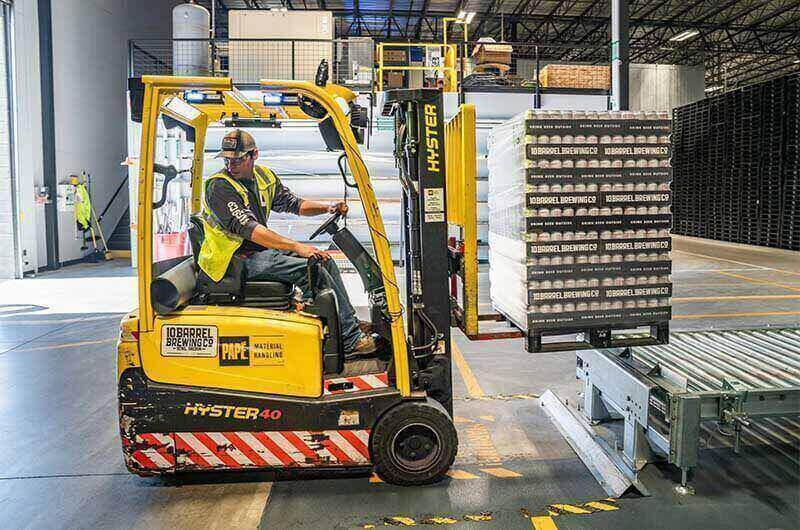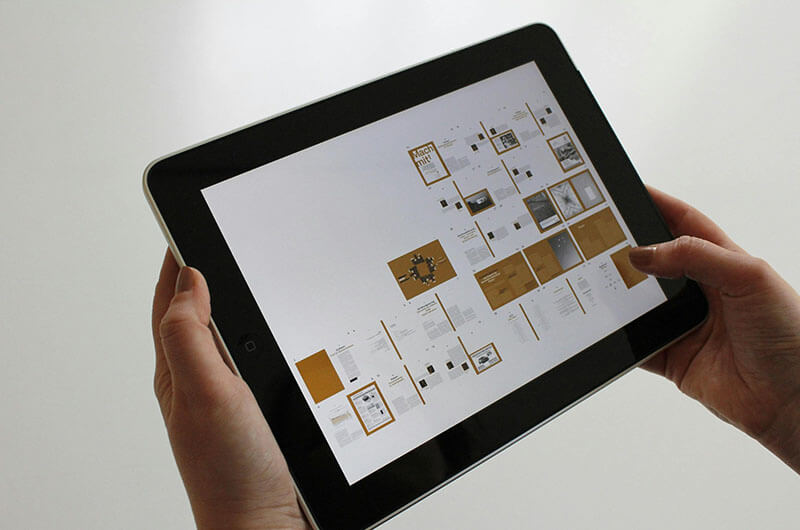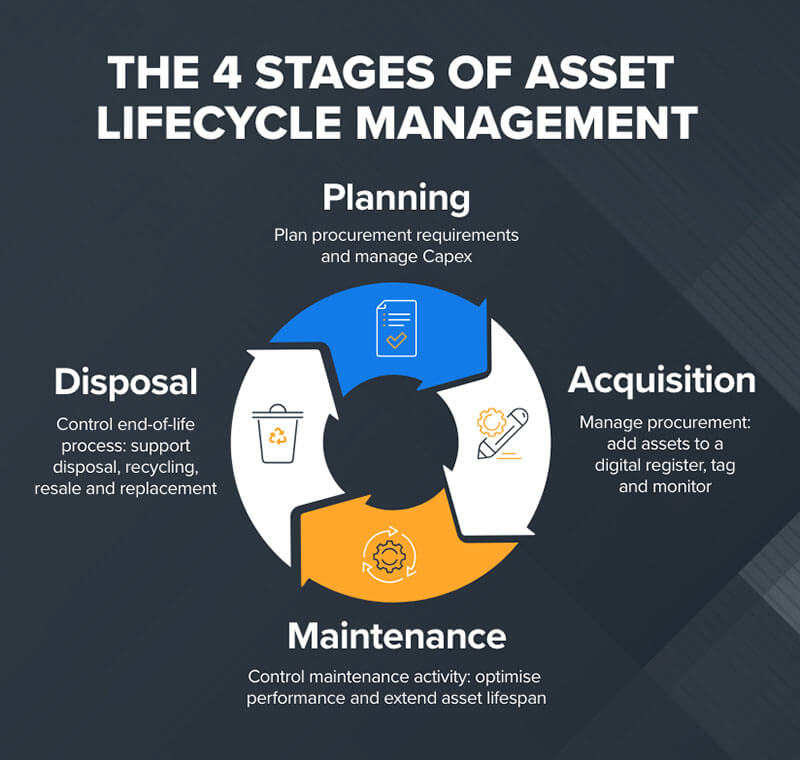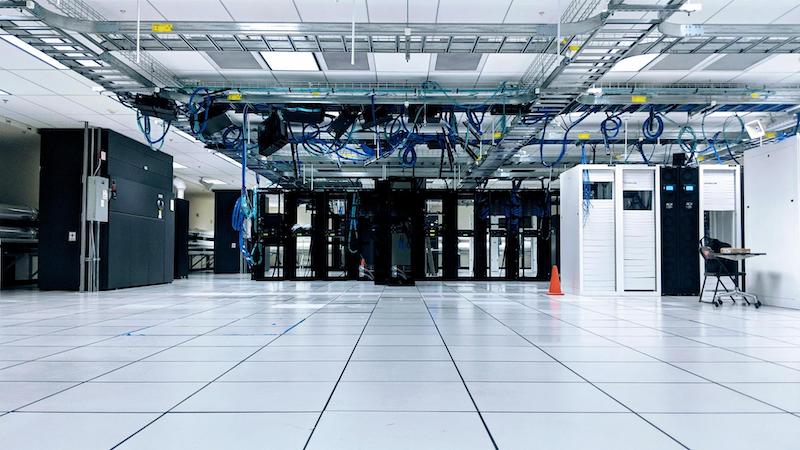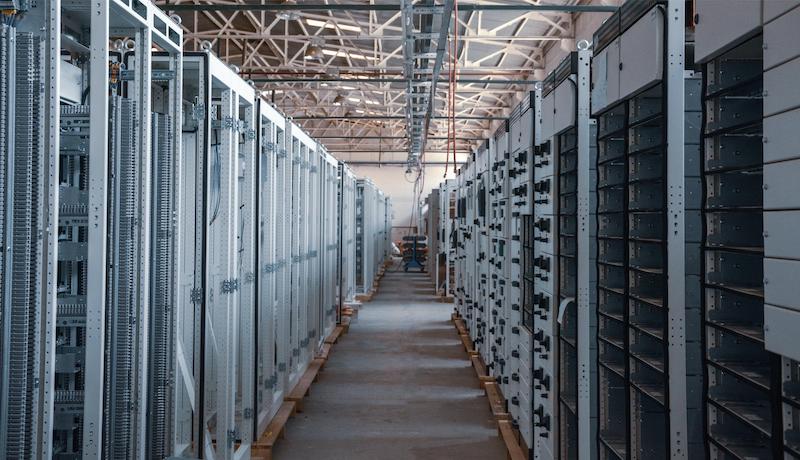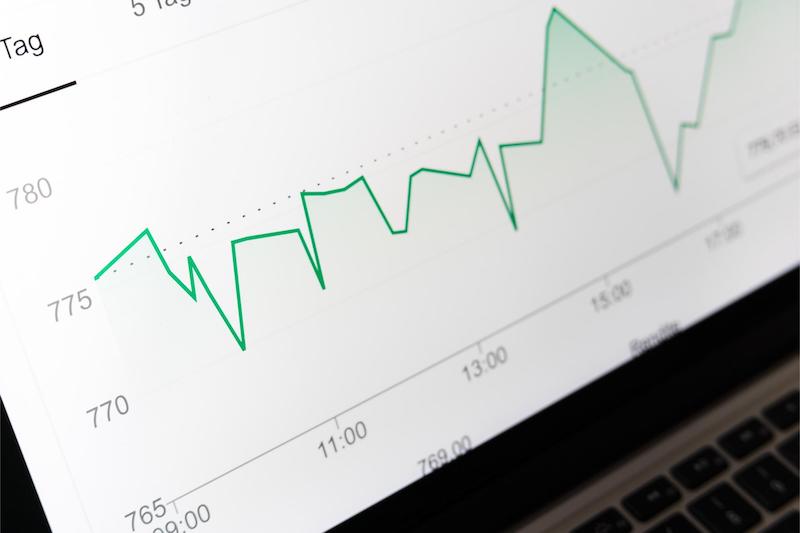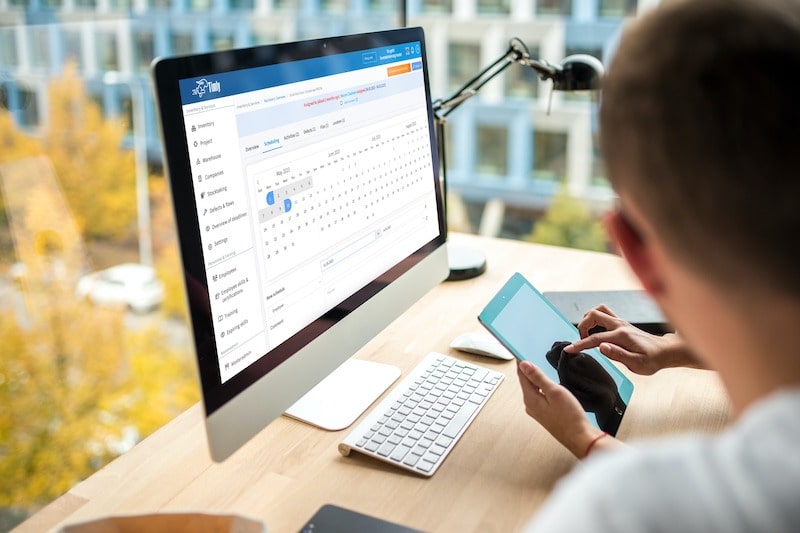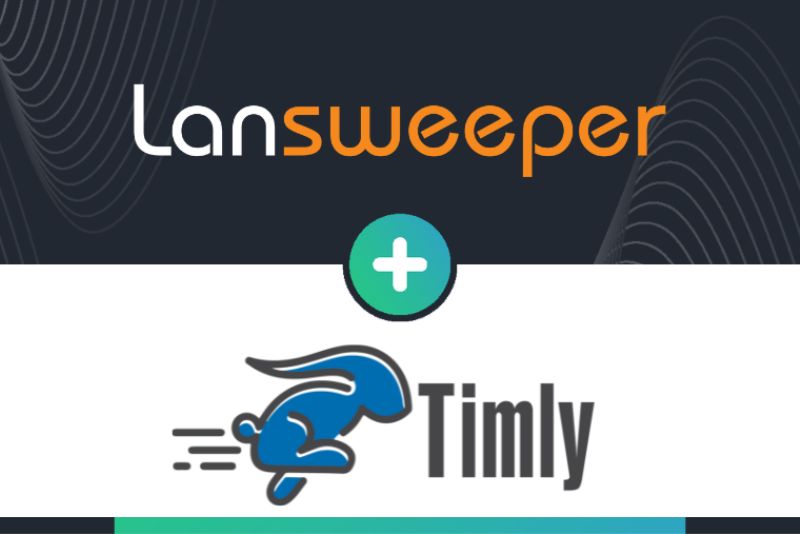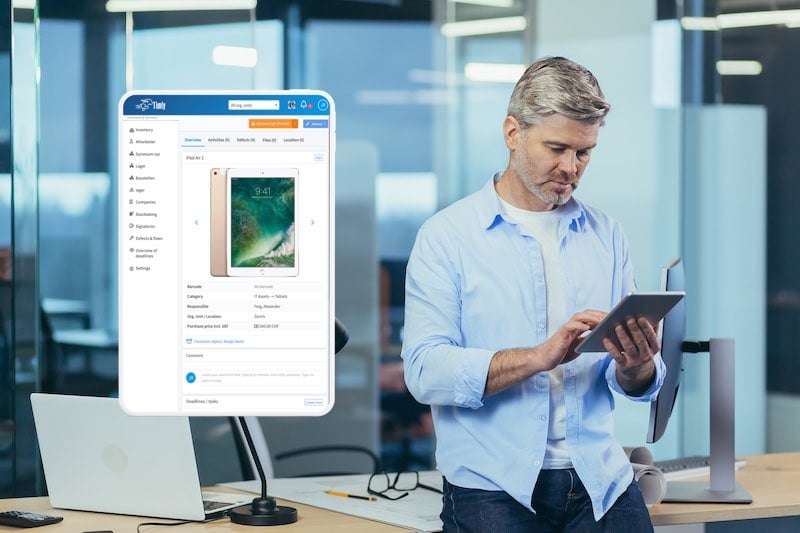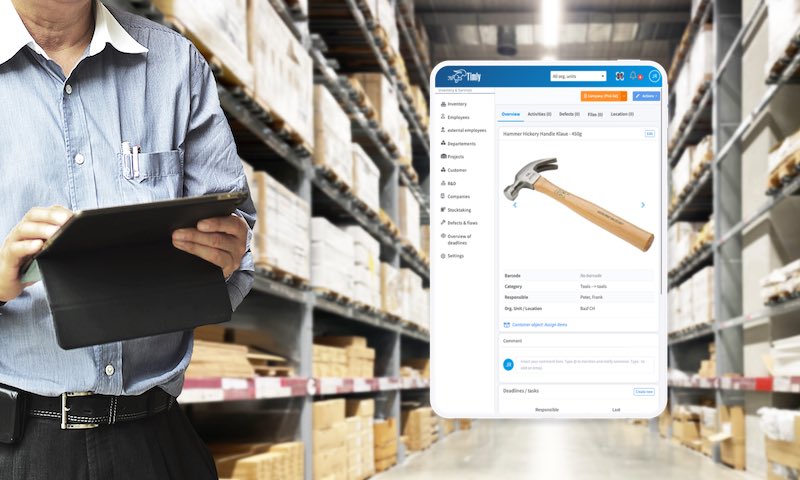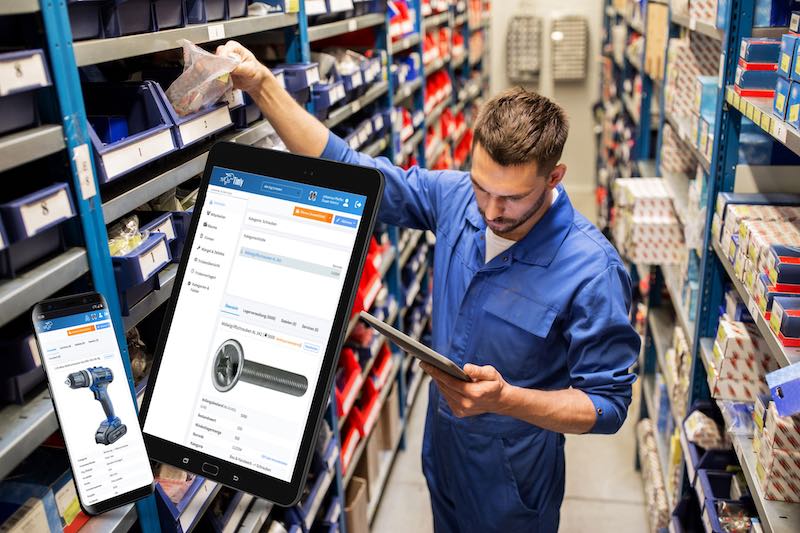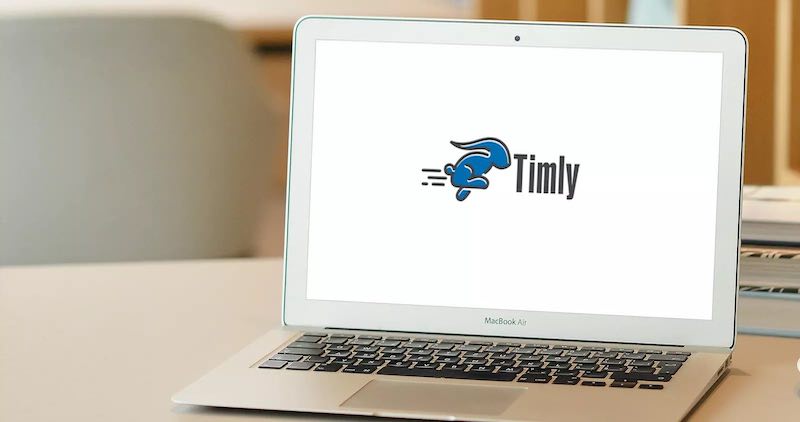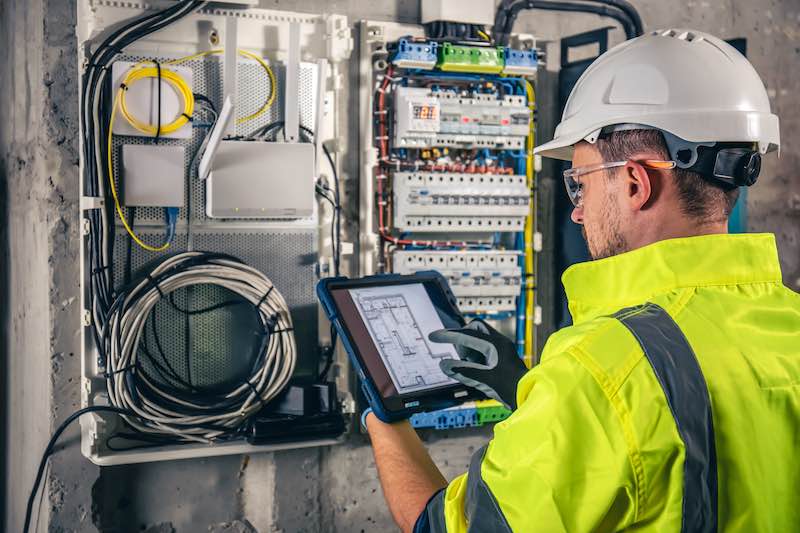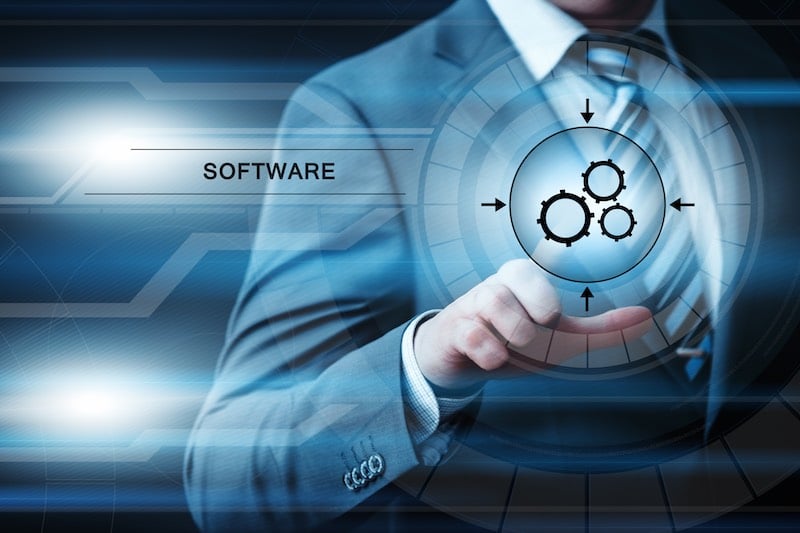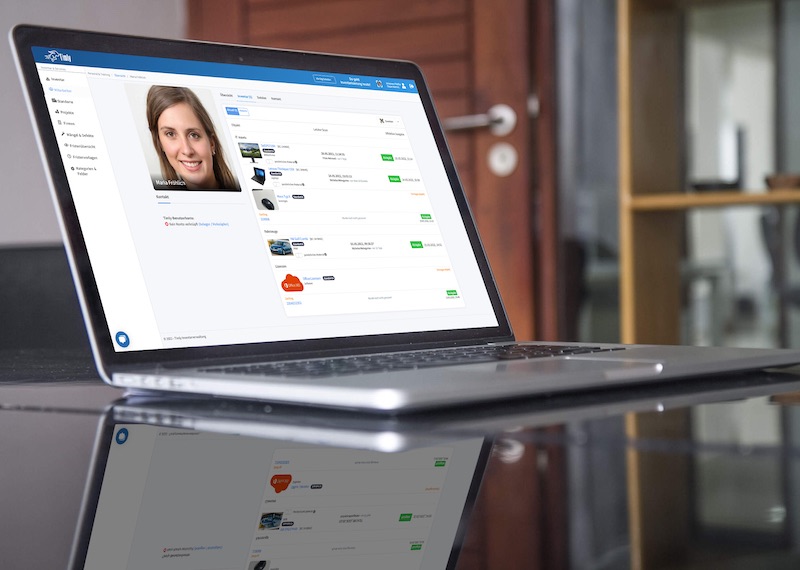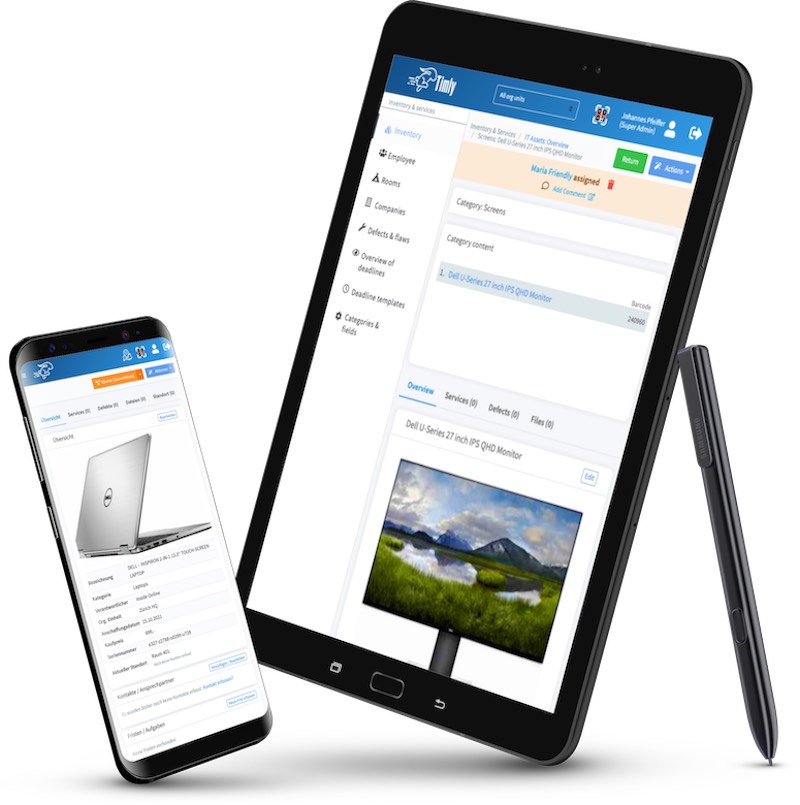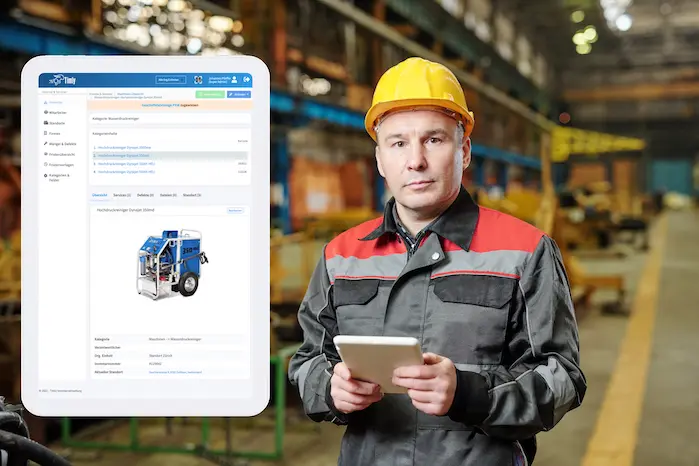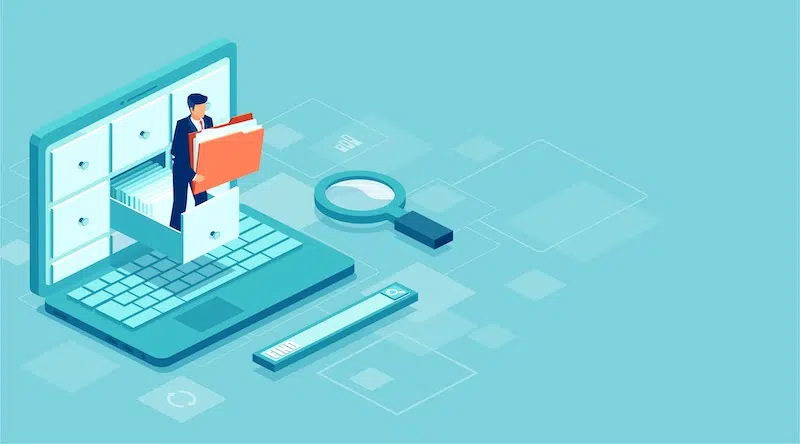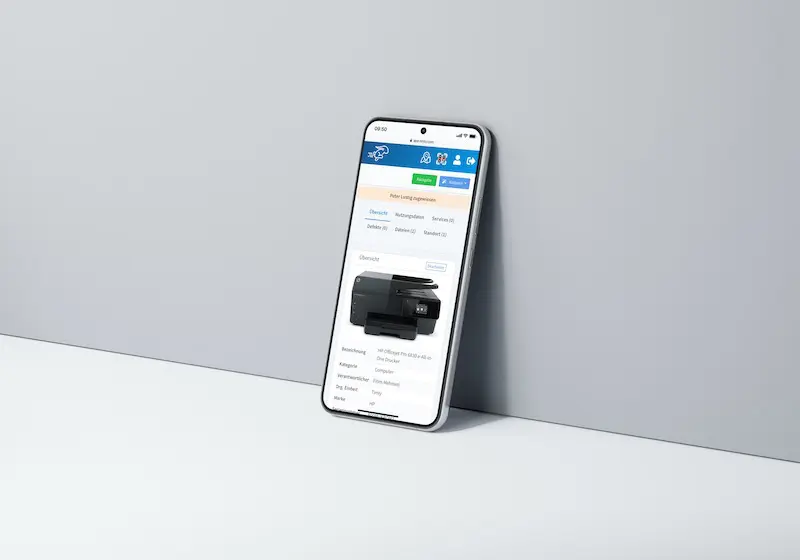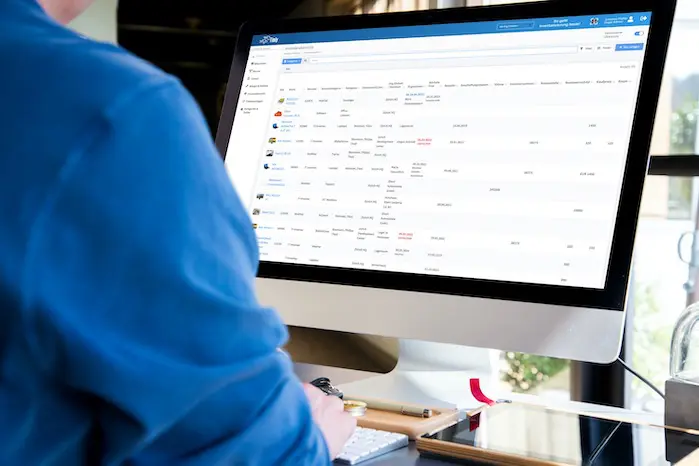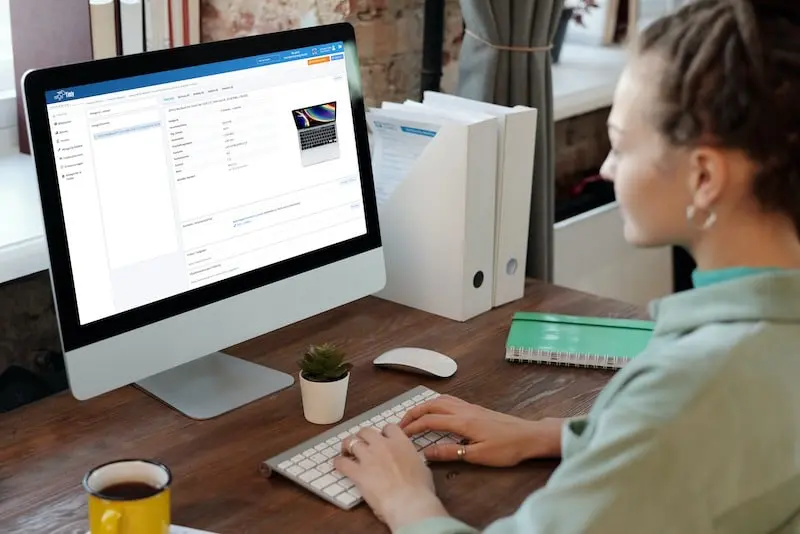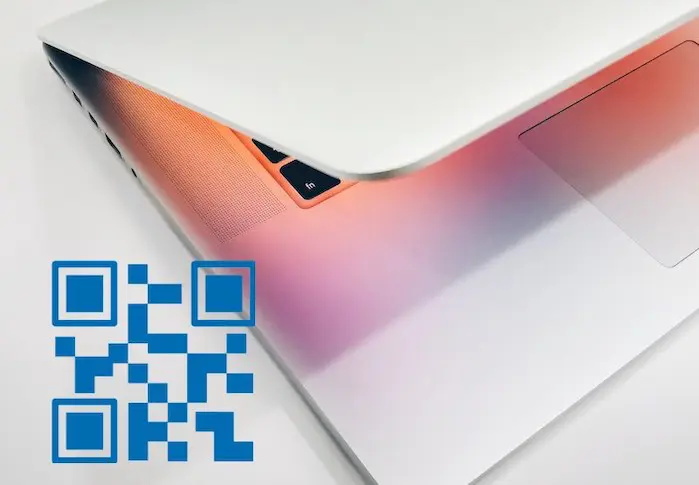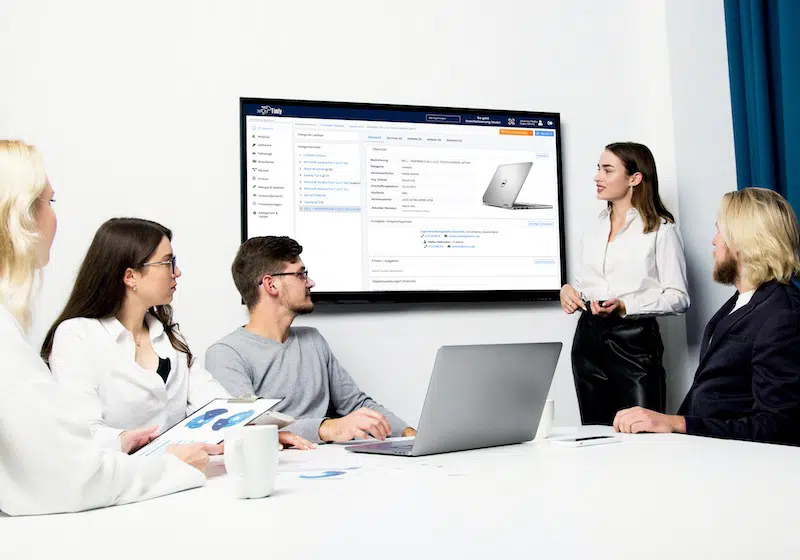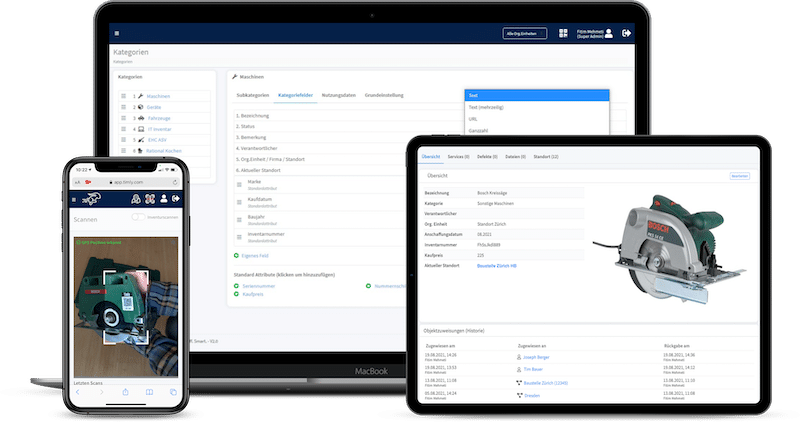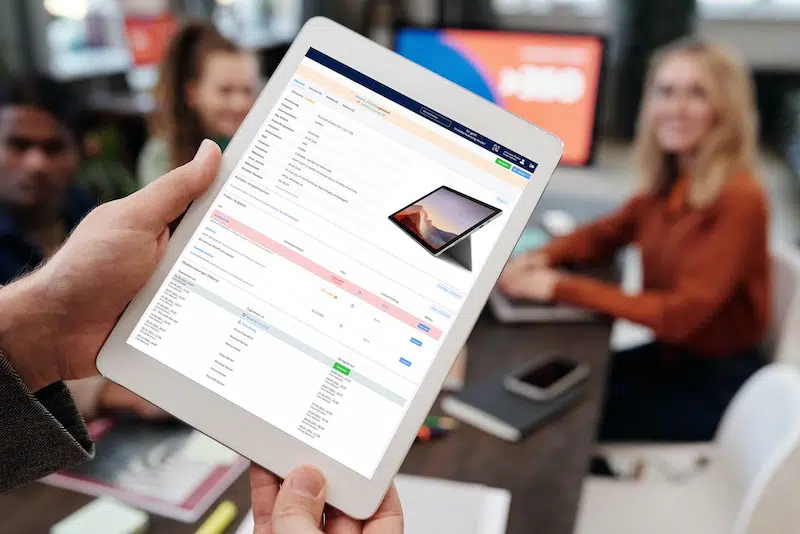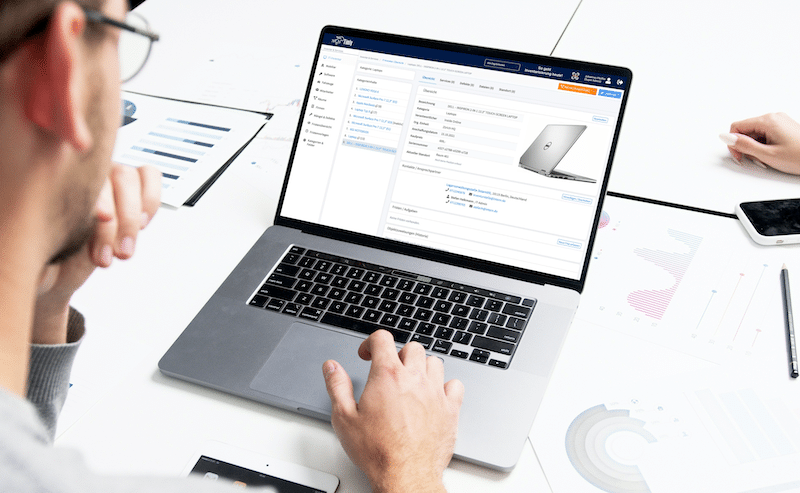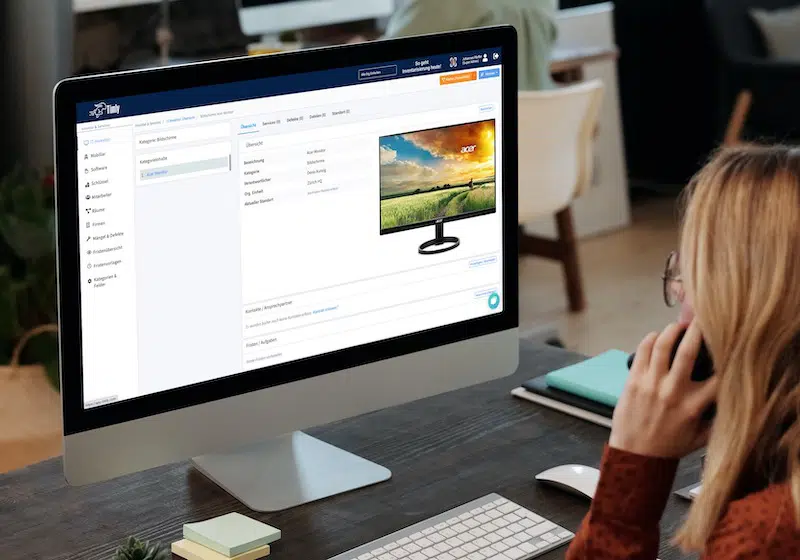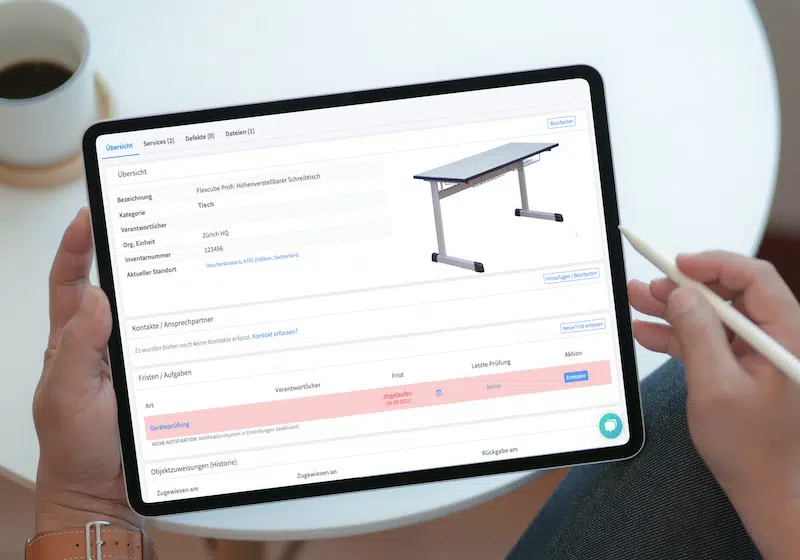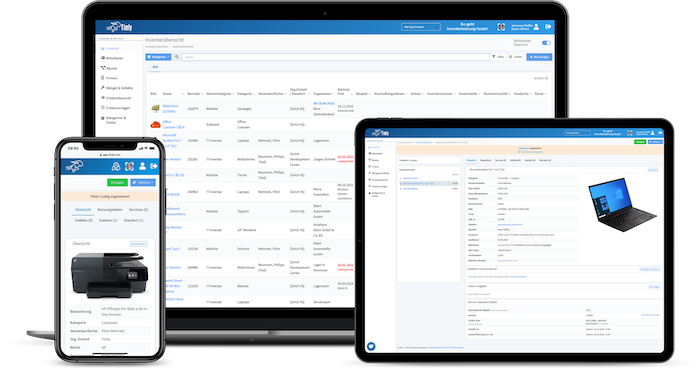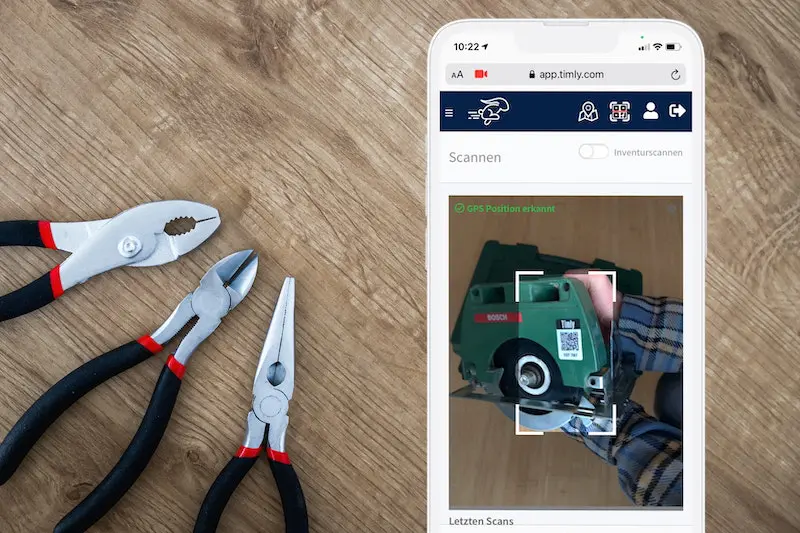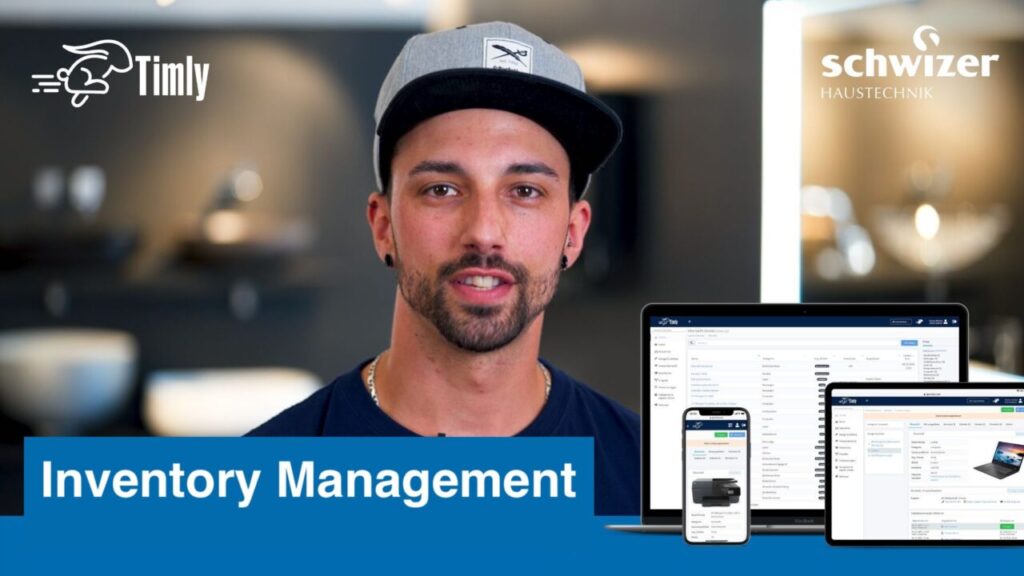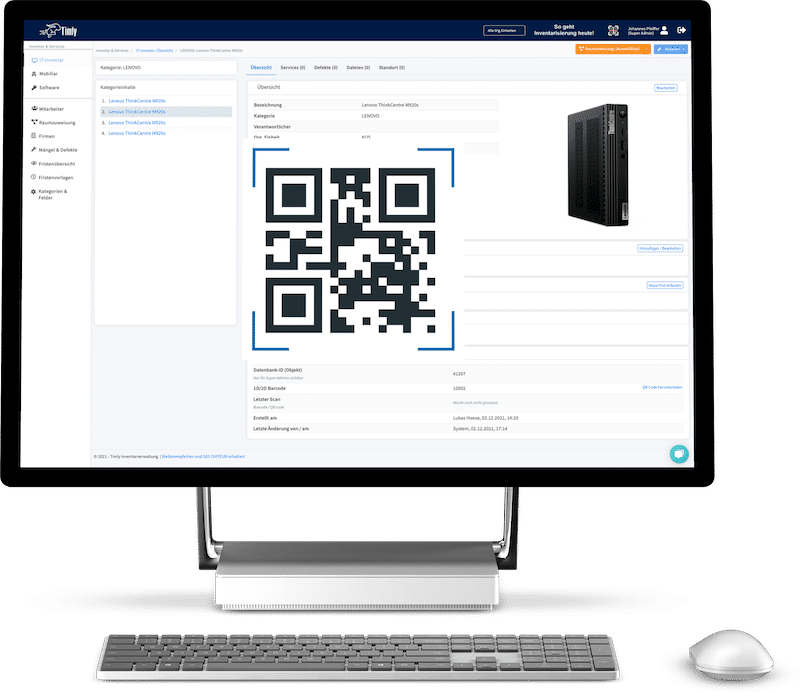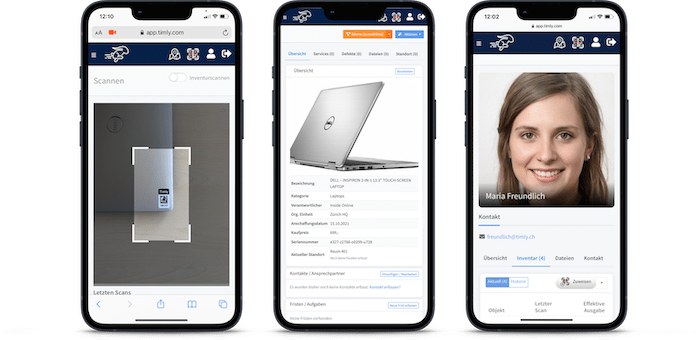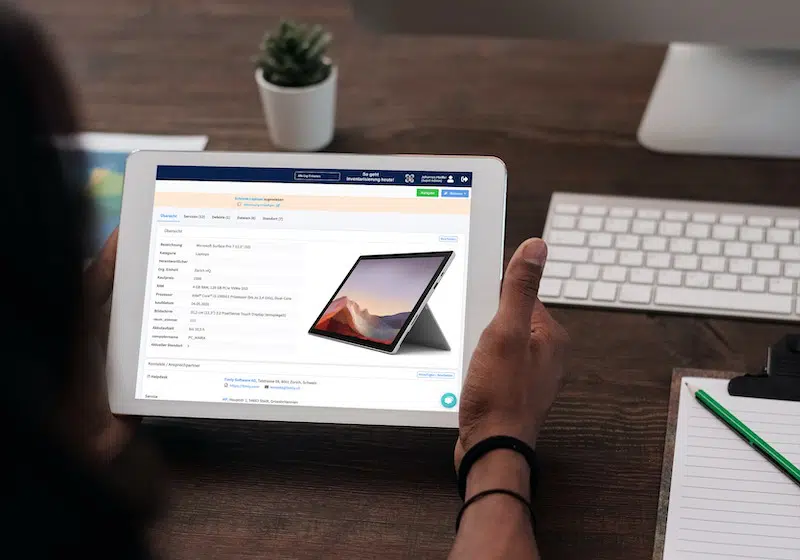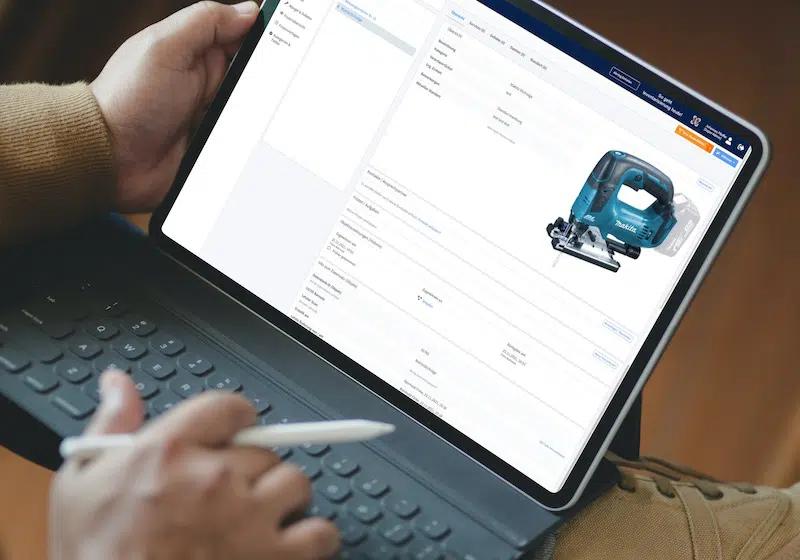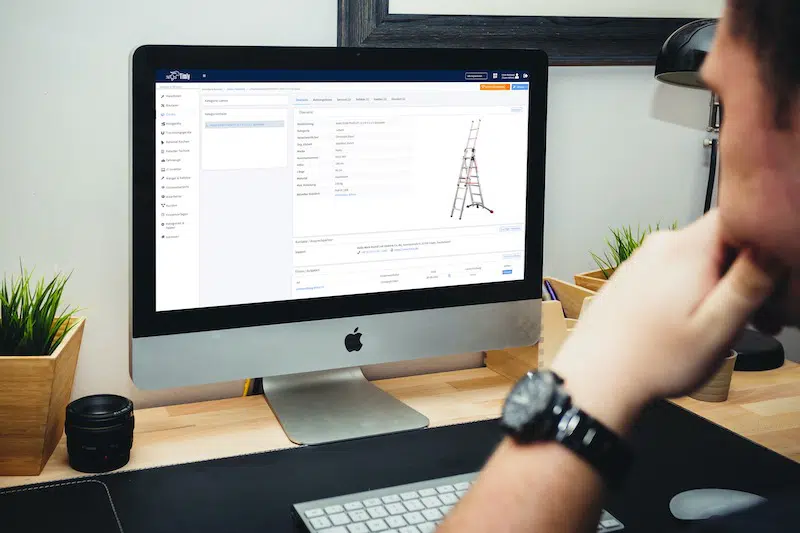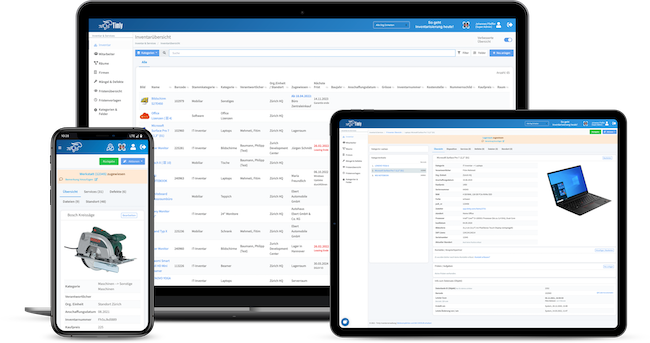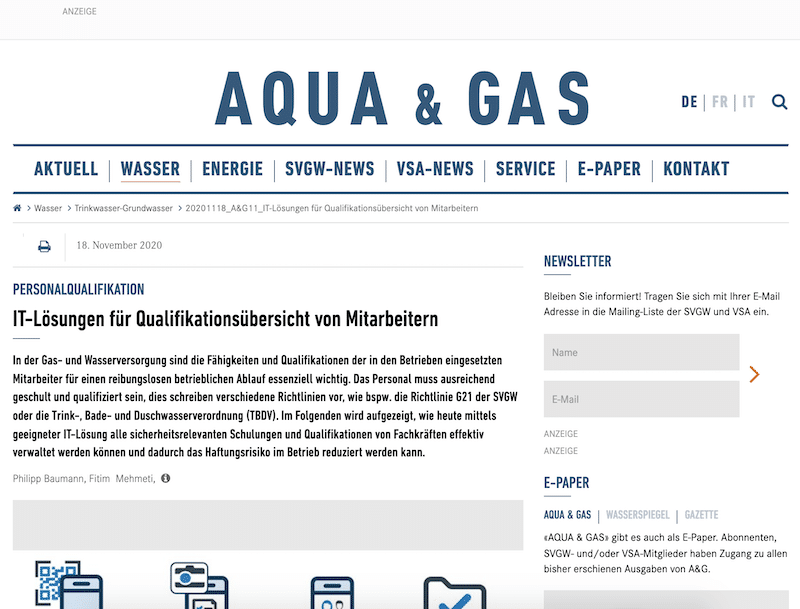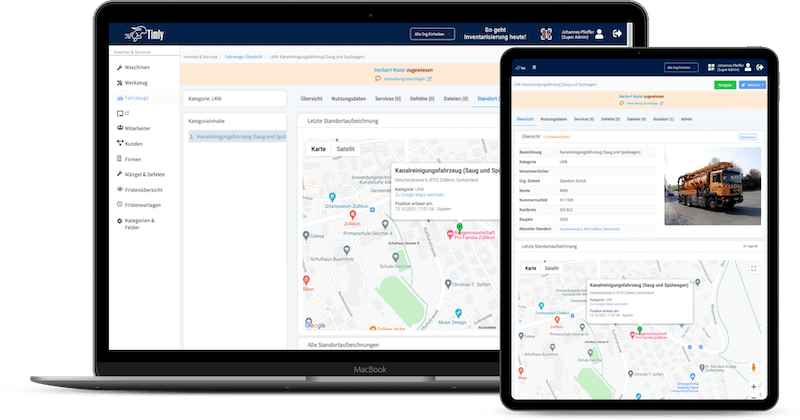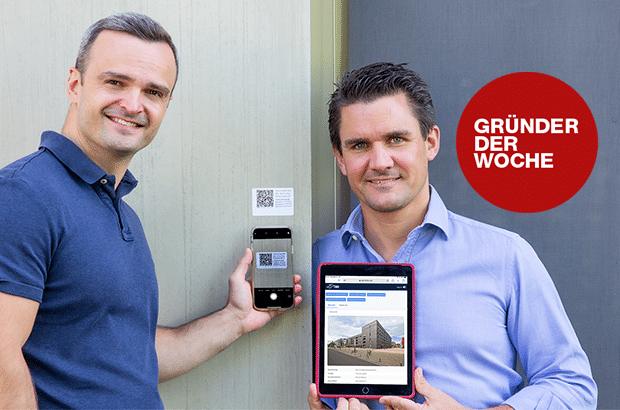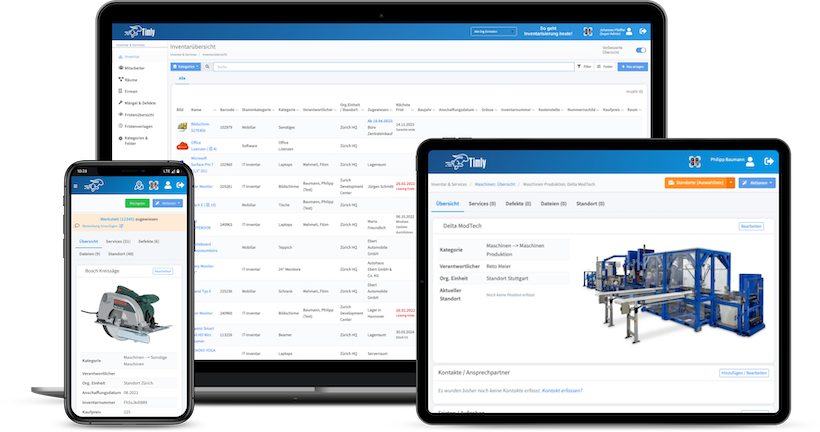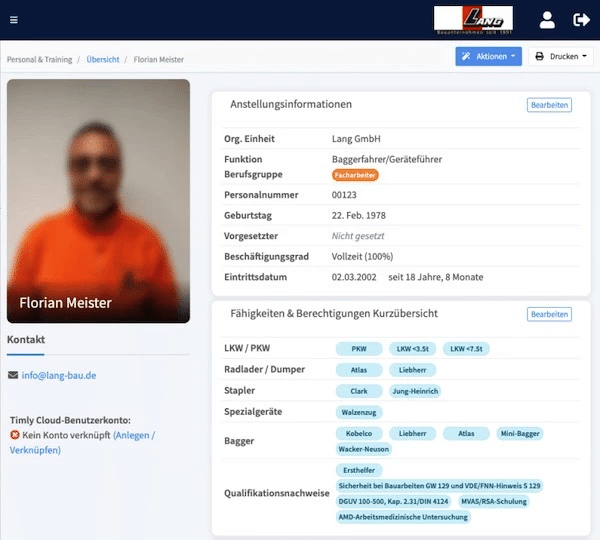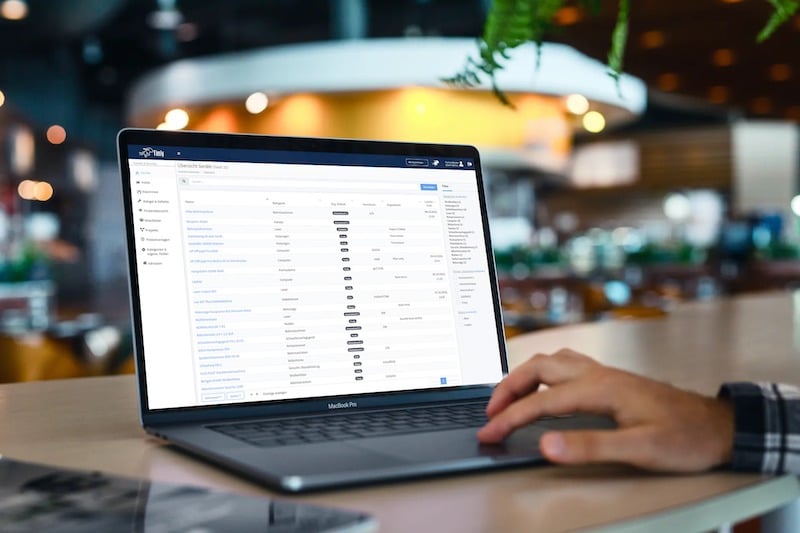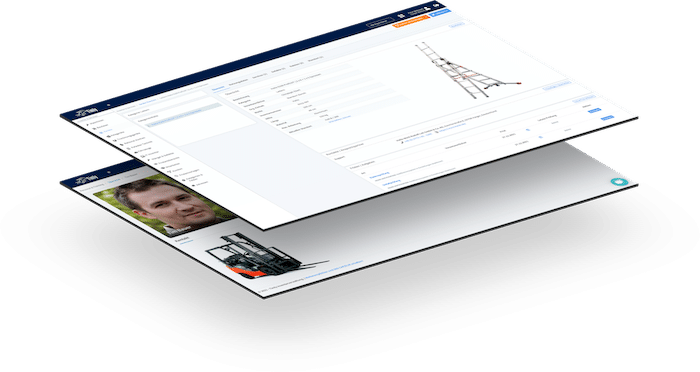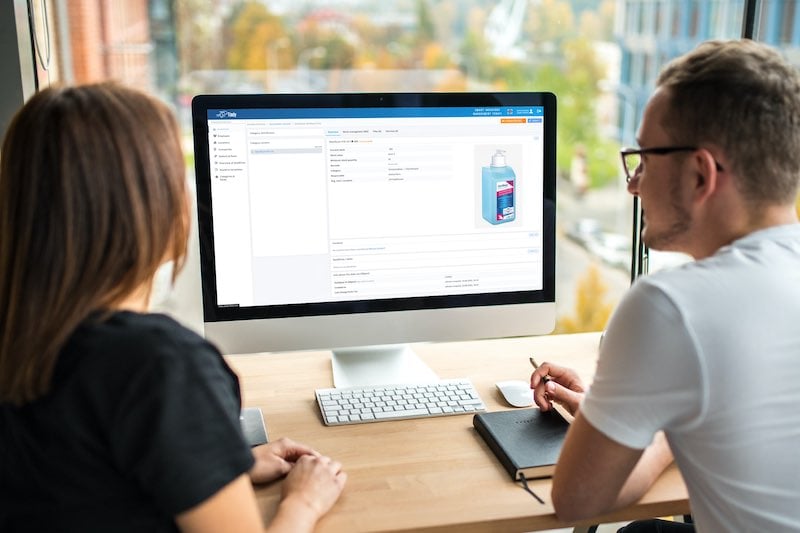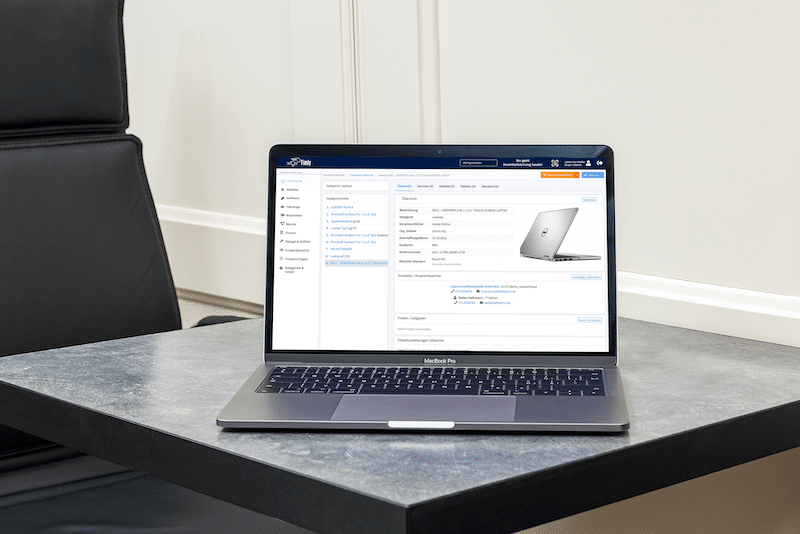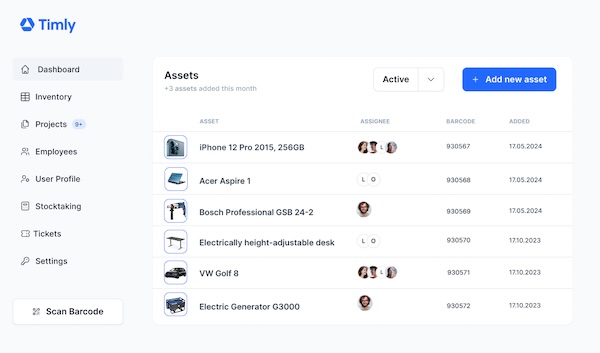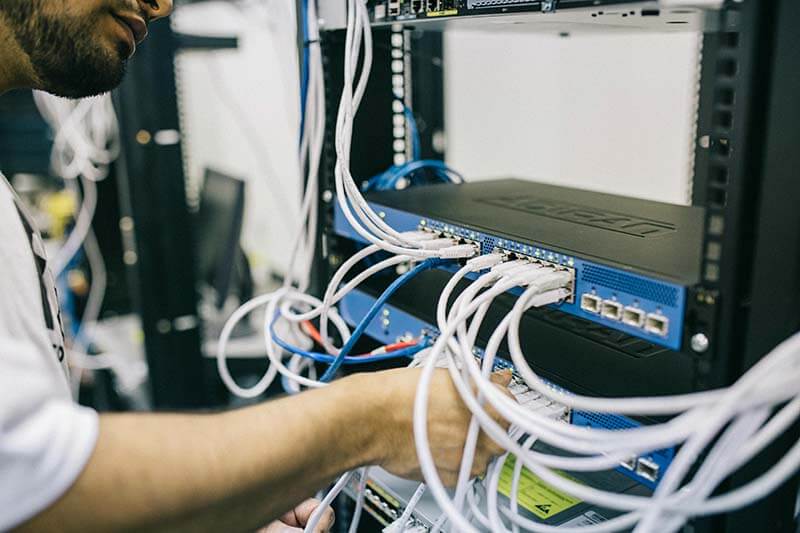
- IT asset inventory management tracks, manages, and optimizes the lifecycle of IT assets. This helps businesses improve asset utilization, reduce costs, and ensure compliance.
- ITAM software can automate asset discovery, data validation, and reporting tasks. This can help businesses save time and money and improve the accuracy of their IT asset inventory.
- Some of the best IT asset inventory management software features include automated asset discovery, centralized database, data validation, lifecycle tracking, robust reporting and analytics, integration capabilities, scalability, user-friendly interface, security features, and compliance features.
- IT Asset Inventory Management
- Key Components of IT Assets Inventory Management
- How to Do IT Asset Inventory Efficiently?
- What Are Examples of IT Assets?
- IT Asset Inventory Management for Compliance
- Why Is IT Asset Inventory Important?
- Evaluating the ROI of IT Asset Inventory Management
- Best Practices for Managing IT Asset Inventory
- What Is the Role of IT Asset Inventory in Cost Optimization
- How to Implement IT Asset Inventory Management?
- Differences Between Asset Management and Inventory Management
- Frequently Asked Questions About IT Asset Inventory Management
IT Asset Inventory Management
IT asset inventory management is used to track, manage, and optimize the lifecycle of IT assets. It is done from when the asset was purchased until the end of the lifecycle. This is used to maintain the information on IT assets from hardware, software, and network devices. It helps to provide proper utilization, maintenance, and retirement of assets. This allows businesses to make better decisions on assigning, utilizing, and replacing assets. This helps reduce costs and risks and ensures compliance and regulations are met.
The objectives of ITAM are to ensure:
- Cost efficiencies, such as optimizing assets and improving budgets and forecasts.
- Compliance such as accurate record-keeping and tracking the latest software and hardware updates.
- Reducing risks such as security vulnerabilities, preventing theft, ensuring maintenance, and facilitating asset recycling and retirement.
Implementing IT asset inventory management helps businesses:
- Streamline operations using centralized asset tracking, automated data updates, and an interface dispensing retired assets.
- Improve their security by ensuring compliance, providing asset visibility, and reducing the risk of data breaches.
- Enhance decision-making by using analytics and reporting, integrating with IoT predictive tools, and ensuring strategic planning while enhancing decision-making.
Key Components of IT Assets Inventory Management
The key components of IT asset inventory management are hardware, software, and licenses. Let us look at the components:
Hardware components:
- This includes information about assets, such as the serial number, manufacturer, and model number, as well as data on purchase, location, and warranty.
- Devices range from desktops, laptops, printers, servers, peripherals, routers, switches, and firewalls.
- Status of the assets and if there are any defects.
Software components:
- Applications include operating systems such as Windows and software such as Microsoft Office and Adobes.
- A version of software and compatibility.
License component:
- Types of licenses such as subscriptions, perpetual, and concurrent.
- The expiration date of licenses, renewals, and upgrades.
- Assignment of licenses to designated personnel.
IT asset management best practices revolve around creating and maintaining accurate and up-to-date inventory. They are:
- Automating asset discovery using tools and protocols such as DNS, ICMP, and SNMP.
- Gathering information such as hardware, software, location, barcodes, configuration settings, and using a centralized database.
- Validating information in the records and correcting errors that may be present.
- Managing inventory by tracking it from procurement to disposal and updating and making changes, such as moving assets, updating software, upgrading hardware, and retiring assets.
- Regulating audits, record updates, and implementation of processes.
- Integrating with other systems such as configuration management databases, IT service management tools, financial and procurement systems, and security information systems.
- Reporting and analytics to ensure proper asset utilization, license compliance, hardware maintenance and replacement, and cost analysis.
How to Do IT Asset Inventory Efficiently?
To ensure the efficient and proper management of IT asset inventory, you will need to:
- Ensure asset discovery techniques such as network scanning to detect devices, conducting physical audits on hardware and software, and providing information on assets.
- Create an IT asset management checklist by identifying hardware, software, and peripherals.
- Gather information such as serial numbers, purchase dates, warranties, locations, employee assignments, software versions, and licenses.
- Store information in a centralized location to ensure easy access and regular updates.
Following these steps allows you to streamline processes and reduce data duplication and integration. You can efficiently create and maintain an accurate IT asset inventory using Timly’s inventory management software. This will enable you to
- Improve asset tracking and management
Enhance security and compliance - Optimize IT budgeting and planning
- Streamline maintenance and repair processes
- Reduce downtime and increase productivity
What Are Examples of IT Assets?
Examples of IT assets are:
- Hardware includes desktops, laptops, servers, storage devices, printers, scanners, routers, switches, firewalls, smartphones, tablets, and other devices.
- Software like operating systems, databases, antivirus, and work applications like Microsoft Office and Google Workspace.
- Cloud-based resources include virtual machines such as Microsoft Azure, cloud storage such as Google Drive, software-as-a-service (SaaS) applications, and licenses and subscriptions.
- Network equipment includes routers, switches, firewalls, modems, and network interfaces.
These items are an overview of the types of IT assets generally utilized and managed by businesses.
IT Asset Inventory Management for Compliance
There are a few regulations that need consideration to maintain IT asset inventories. This is to ensure compliance and the protection of sensitive information. They are:
- General data protection regulations (GDPR) are mandates that ensure the accuracy of records.
- The Sarbanes-Oxley Act (SOX) requires companies to maintain accurate IT records, which ensures that financial audits and reports are compliant with standards.
- The Health Insurance Portability and Accountability Act (HIPAA) requires organizations to maintain an accurate IT inventory, including electronic protected health information (ePHI), to ensure its integrity, confidentiality, and availability.
For businesses to ensure inventories are ready for audit and reporting, they will need to ensure that they:
- Utilize a centralized cloud-based system to manage IT assets.
- Use the scanning tool to ensure the minimization of manual entry.
- Categorize and tag assets by type and location.
- Record changes, updates, and access to assets.
- Schedule audits and updates to ensure accuracy.

Why Is IT Asset Inventory Important?
IT asset inventory is important for a business’s overall strategy. It involves tracking and managing the inventory’s hardware, software, and network devices. Other assets that need managing include software licenses, services, mobile devices, IoT and predictive maintenance, and others.
IT assets are also important for managing costs effectively. This is done by identifying unused assets, thus reducing waste. Moreover, organizations must stay current with compliance to ensure proper auditing and penalties for non-compliance. IT asset inventory also aids planning and decision-making, which is important for developing plans and strategic investments.
As for its role in cybersecurity, IT asset inventory management is important for:
- Defining vulnerabilities such as unauthorized devices and unpatched software.
- Enabling the organization to ensure assets are prioritized to mitigate risks.
- Providing insights into the organization’s infrastructure. This reduces risk and enhances efficiency, and allows for quick responses to security issues and threats.
IT teams can streamline operations and enhance productivity by:
- Saving costs by avoiding unwanted purchases or over-purchasing of IT assets.
- Ensuring compliance with software licensing agreements is maintained, reducing the risk of penalties and fines.
- Locating and deploying assets, thus reducing service level downtime while ensuring proper asset maintenance and upgrades.
- Informing decisions can be made about IT asset upgrades, replacements, and retirement. This helps reduce unwanted waste and provides better resource allocation.
- Improving asset utilization through better tracking and ensuring better functional reporting while enhancing productivity and reducing costs.
Evaluating the ROI of IT Asset Inventory Management
To evaluate the return on investment (ROI) of IT asset inventory management, it is important to determine issues such as redundant purchases while maximizing the usage of IT assets. This helps IT asset tracking and inventory management ensure the proper asset lifecycle, usage pattern, and maintenance. It also ensures that assets are serviced on time, reducing downtime and extending lifespan.
To calculate the ROI of IT asset management software, organizations would need to:
- Estimate the reduction of redundant purchases and unwanted maintenance costs.
- Calculate productivity and efficiency due to optimization of declining assets and reducing downtime.
- Reduce costs by around 20% of redundant purchases and increase efficiency by 15%. Moreover, it may improve forecasting by around 10% for unexpected failures and unwanted costs.
The Timly Software in Use

Optimized Device Management With Innovative Self-Inventory
SodaStream is the world market leader for water sparkling systems for domestic use and has a lot of IT equipment at its various locations. Many colleagues now work from their home offices. A digital solution for the efficient management of IT end devices became necessary...
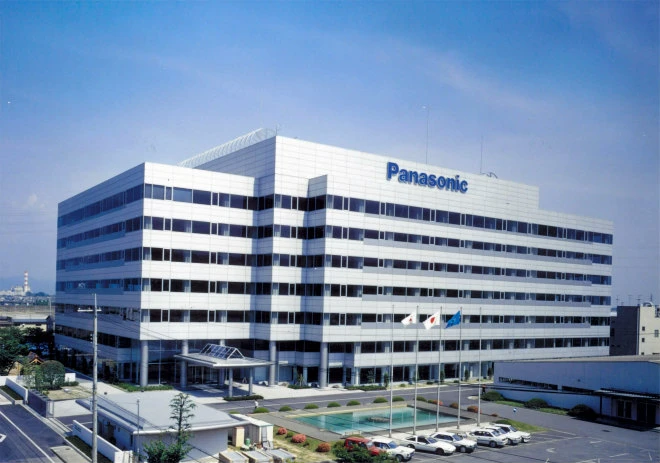
Panasonic x Timly: Driving Technological Innovation
One of the most remarkable aspects of human ingenuity is our ability to innovate. Innovation is embedded in the DNA of consumer electronics giant Panasonic, which has diversified into a number of sectors, from heavy industry to construction...
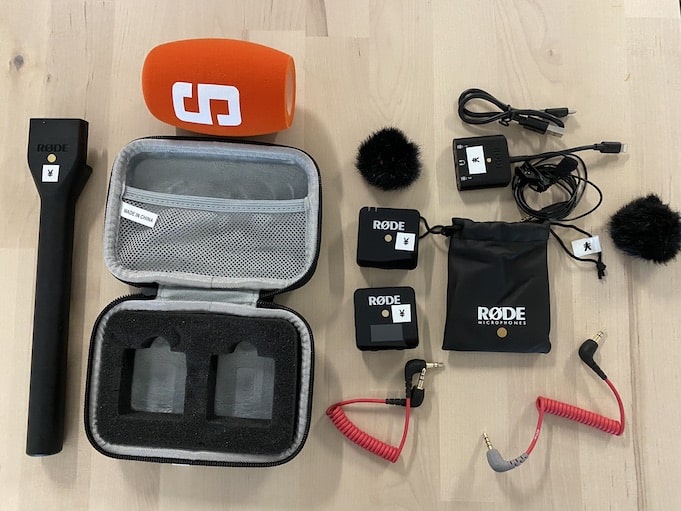
Manage Video Equipment Efficiently Without Much Effort
The Hamburg media company always does outstanding journalistic work and is characterized by independent reporting. In order to maintain journalistic quality, the teams work with highly specialized devices – these need to be managed efficiently...

Smart City Asset Management – Timly in Use at DIGOOH
The core business of DIGOOH Media GmbH in Cologne is to manage digital city light posters (DCLP) for outdoor use in various cities in Germany. The challenge here lies in making the client’s communication message always available at the right time, in the right place...
(No credit card required)
Best Practices for Managing IT Asset Inventory
To manage IT asset inventory, it is important to:
- Ensure that the information about IT asset data is up-to-date, complete, and accurate. This would entail the type of asset, serial number, location, and ownership.
- Ensure the data is standardized, which helps to minimize errors and inconsistencies.
- Implement data validation rules to ensure that data meets the criteria, such as determining duplicate serial numbers and invalid asset types.
Consistent processes reduce errors and improve efficiency. To this end, proper procedures must be ensured for asset acquisition, deployment, tracking, monitoring, maintenance, repair, disposal, and decommissioning, covering the entire asset lifecycle from purchase to disposal.
Here are some criteria to choose the right type of software.
- Ensure that the software can store and track data from physical to digital assets, as well as their usage, condition, and maintenance history.
- Evaluating the software’s flexibility and adaptability.
- Whether the software can scale to meet the organization’s needs.
- Has a robust user interface for easy customization and navigation.
- Reporting and analytics of the software abilities for real-time asset status and customizable reports.
- Compliance with security
- The level and frequency of support and maintenance.
What Is the Role of IT Asset Inventory in Cost Optimization
The role of IT asset inventory in cost optimization is to prevent unwanted purchases and subscriptions while ensuring better procurement. Here is some information on how it is done.
- It ensures that no unwanted or duplicate purchases are made. Moreover, it reduces waste and unwanted expenditures.
- It helps to track software and service subscriptions, which allows for the reduction of costs and waste.
- It provides valuable insights for contract negotiation with vendors and ensuring compliance to avoid penalties.
- It reduces administrative burden by streamlining it through tracking and reporting.
- It enables organizations to optimize asset utilization while ensuring proper allocation and reduction of costs.
- It provides compliance and auditing to ensure organizations meet regulatory requirements.
How to Implement IT Asset Inventory Management?
To implement IT asset inventory management, organizations need to follow the guide below:
- Start with a planning phase. This requires defining the types of IT assets needed, setting goals, identifying stakeholders who are responsible, evaluating current processes, and creating a project plan.
- The organization then needs to focus on the execution phase by configuring user roles and permissions, collecting inventory data, implementing data validation, and tracking assets. Moreover, it is essential to ensure that systems are maintained on time and can generate insights and a robust dashboard to monitor asset utilization, maintenance, and compliance.
Let us look at the challenges and solutions for implementing IT asset inventory management.
- Resistance to change. There needs to be the engagement of stakeholders throughout the implementation process.
- Ensure data is validated and prioritize tasks to allocate resources for a successful implementation.
- It is also essential to integrate with existing systems for seamless data exchange.
- Ensure that the implementation meets regulatory requirements such as GDPR and HIPAA.
Differences Between Asset Management and Inventory Management
The difference between asset management (AM) and inventory management (IM) is that both are different modes of managing resources. Though both are used for tracking and monitoring, they vary in scope, focus, and objective.
Asset management focuses on the entire asset lifecycle, from purchasing to disposal. It involves planning, purchasing, usage, maintenance, and disposal. It aims to optimize asset efficiency, performance, and data analytics. Examples of assets managed range from equipment to vehicles to intellectual property.
Inventory management focuses on tracking and auditing inventory. It also aims to maintain stock levels while minimizing stockouts and overstocking. Inventory can be tracked manually or through an automated system using barcode inventory system and RFID tags. Goods, work-in-progress, and raw materials are examples of inventory.
Scenarios of using asset management would be managing complex and long lifecycles of machinery and equipment. This is also important when optimizing asset utilization, maintenance, and schedule while tracking the depreciation of assets. Inventory management is for fast-moving equipment. This allows for proper stock-taking while reducing stockouts and overstocking. This is used to determine quantity and location for supply chain management.
Frequently Asked Questions About IT Asset Inventory Management
What Are the Best Features of IT Asset Inventory Management Software?
The best features of IT asset inventory management software are to:
- Ensure that the information about IT asset data is up-to-date, complete, and accurate. This would entail the type of asset, serial number, location, and ownership.
- Ensure data is standardized. This is important to help minimize errors and inconsistencies.
- Validate data. This must be implemented to ensure data meets the criteria, such as determining duplicate serial numbers and invalid asset types.
How to Choose the Right IT Asset Management Tool?
Choosing the right IT asset management tool involves creating and maintaining accurate and up-to-date inventory. They are:
- Automating asset discovery using tools and protocols such as DNS, ICMP, and SNMP.
- Gathering hardware, software, location, barcodes, and configuration settings, and using a centralized database.
- Validating information in the records and correcting errors that may be present.
- Managing inventory by tracking it from procurement to disposal and updating and making changes, such as moving assets, updating software, upgrading hardware, and retiring assets.
Recommended for you:
Book an online demo - free and without obligation - or create your free trial account directly.






